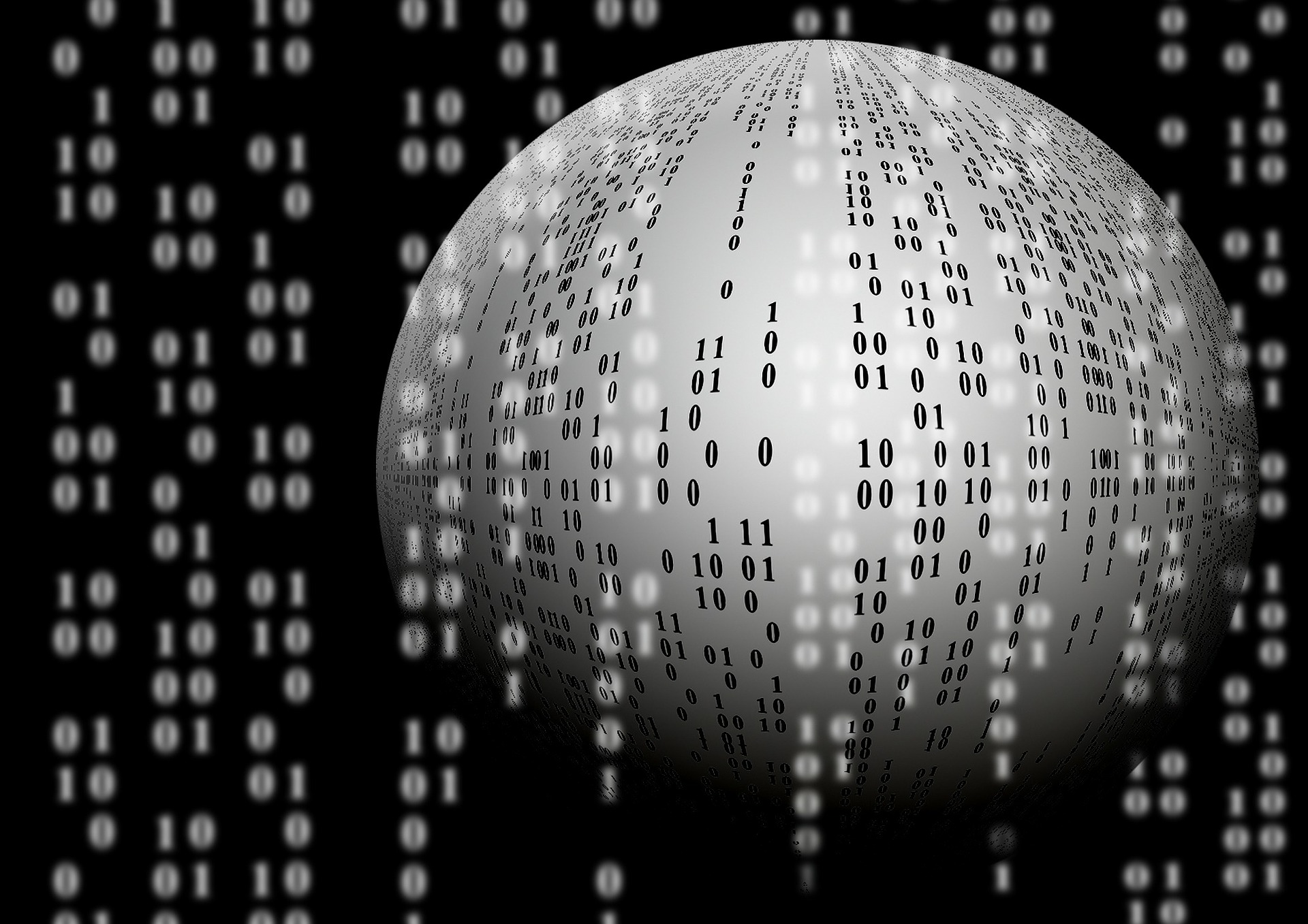
As a global e-commerce alliance, Terra recently received $32 million in seed round financing from institutions including Binance Labs, Polychain Capital, OKEx, Huobi Capital, FBG Capital, Arrington XRP Capital, and TransLink Capital. This round of financing is mainly used to create a financial system based on blockchain technology.
Terra and its team create a stable currency for e-commerce payments. This stable currency is used in Terra's own blockchain payment system and anchors another cryptocurrency, luna. It is a stable currency with e-commerce as its core. .
There are currently three main types of stablecoins: fiat currency as collateral, cryptocurrency as collateral, and unsecured/algorithmic stablecoins. For the specific expressions of these three types of stablecoins, please refer to the previous analysis article "Everything you need to know about stablecoins》。
Fiat-collateralized stablecoins include Tether (USDT) and TrueUSD (TUSD). Fiat-collateralized stablecoins are expected to be stable and pegged to existing financial institutions and banks.
Decentralized cryptocurrency-collateralized stablecoins, such as MakerDAO's DAI, work by collateralizing the stablecoin with another cryptocurrency.
The third type is unsecured/algorithmic. These stablecoins enforce monetary policy algorithmically, expanding or contracting the supply in order to peg the price of the stablecoin to $1.
Terra's stablecoin adopts the method of decentralized cryptocurrency mortgage. Another stablecoin used for mortgage is called Luna. Every time Terra transaction occurs, a small transaction fee will be forwarded to Luna. The price of Luna will appreciate as the overall price of the Terra ecosystem rises.
Terra will build a decentralized payment platform on the basis of stable currency, and use token payment on its DAPP. At the same time, Terra cooperates with the payment system and the Terra Alliance (Terra Alliance), and obtains a large amount of traffic through the circulation of its currency in the e-commerce alliance.
At present, a total of 15 companies have joined the Terra Alliance, including TMON, the largest group buying website in Korea, as well as Woowa Brothers, Qoo10, Carousell, Pomelo and TIKI, covering Southeast Asia, Taiwan, Hong Kong, Australia and other major markets. The Terra Alliance currently has a total annual transaction volume of 25 billion US dollars and 40 million users, laying the foundation for Terra to become a large-scale transaction medium. This business model is similar to Alipay and PayPal. Using the e-commerce platform, the payment system can obtain user traffic from the parent platforms Taobao and eBay.
Different from the project of making hardware wallets for payment business, what terra hopes to do is to realize the payment and circulation of digital currency by making stable coins and building its own payment platform; and the biggest highlight of terra is to cooperate with e-commerce platforms. Therefore, there is a large user platform and entrance, which can make the payment system run quickly.
In terms of development progress, Terra will conduct data testing of the payment system in the fourth quarter, and will launch it with Korean e-commerce partners in the fourth quarter, expanding to Southeast Asia and other regions in 2019.
The Terra team currently has 22 people and has extensive experience in the e-commerce industry. Daniel Shin is not only the co-founder of Terra, but also the founder and chairman of TMON, a well-known Korean e-commerce platform, with a total merchandise volume of nearly US$4 billion Volume (GMV) and 9 million customers per year, has now been acquired by the US e-commerce platform Groupon. Another co-founder, DO KWON, graduated from Stanford University and worked as an engineer at Microsoft and Apple.



